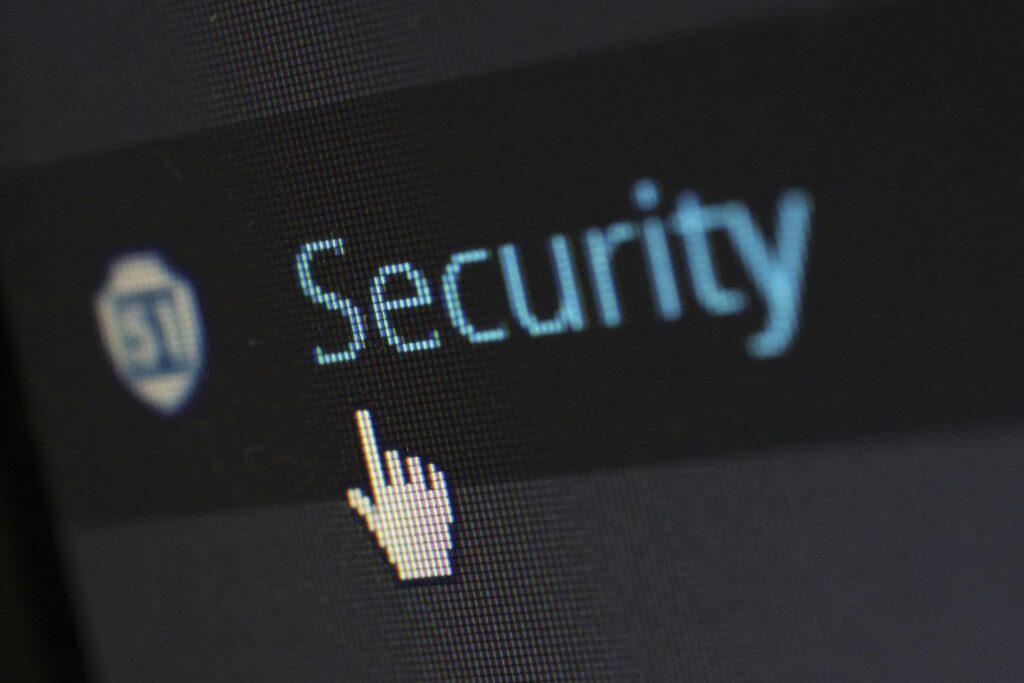“Ever found yourself staring at an email that just *felt* off, only to realize it was phishing bait? What if I told you the real chaos starts after you click?”
Phishing attacks are relentless. According to Verizon’s 2023 Data Breach Investigations Report, phishing remains one of the top three attack vectors for cybercriminals. And yet, many organizations don’t have a clear phishing response plan in place—until it’s too late.
In this post, we’ll dive into why having a robust phishing response plan is non-negotiable, how to craft one without losing your sanity, and actionable tips to protect your team. Buckle up: You’re about to level up your cybersecurity game.
Table of Contents
- Key Takeaways
- Why Phishing Is a Problem No One Can Ignore
- Step-by-Step Guide to Building Your Phishing Response Plan
- Tips and Best Practices for Strengthening Your Plan
- Real-Life Examples: Learning from Others’ Mistakes
- Frequently Asked Questions About Phishing Response Plans
Key Takeaways
- A well-defined phishing response plan minimizes damage and reduces downtime during an attack.
- Rather than reacting haphazardly, your team needs clear protocols and defined roles.
- Simulated phishing exercises train employees and test your plan’s effectiveness.
- The best plans combine technical safeguards with human awareness training.
Why Phishing Is a Problem No One Can Ignore
Let me share a little confession: Back when I first started working as an IT admin, I once clicked on a phishing link thinking it was a legitimate invoice request. Spoiler alert—it wasn’t. Thankfully, my security software caught most of the payload before any major harm happened. But man, did I lose sleep stressing over what could’ve gone wrong.
Here’s the blunt truth: Phishing isn’t some niche issue; it’s everywhere. It targets everyone—from small startups whose defenses are thin to Fortune 500 companies with entire IT departments. The statistics back this up:
- 83% of organizations experienced phishing attacks last year alone (Proofpoint).
- A single successful phishing attempt can lead to data breaches costing $4.45 million per incident (IBM).

Without a structured phishing response plan, these attacks can spiral out of control faster than you’d think. And trust me, trying to cobble together a response mid-crisis feels like editing an essay while your computer freezes. Don’t do that to yourself.
Step-by-Step Guide to Building Your Phishing Response Plan
Step 1: Define Clear Roles and Responsibilities
Optimist You: “*Assign specific people to handle different parts of the process.*”
Grumpy You: “*Ugh, bureaucracy—but yeah, unless someone knows their job, things will get chaotic.*”
Your plan should include:
- An Incident Manager to oversee responses.
- IT/Security Teams tasked with isolating threats.
- Communications Leads to inform stakeholders responsibly.
Step 2: Establish Detection Protocols
Make sure all employees know how to identify suspicious emails. Provide them with examples of common phishing tactics:
- Mismatched URLs.
- Suspicious sender addresses.
- Urgent or too-good-to-be-true language.
Step 3: Outline Containment and Mitigation Steps
This includes disconnecting infected devices from networks, freezing compromised accounts, and running antivirus scans. Simple, but lifesaving.
Step 4: Develop Reporting Procedures
Create simple forms where users can report suspected phishing attempts. Tools like Microsoft Defender and Proofpoint streamline reporting processes.
Tips and Best Practices for Strengthening Your Plan
- Prioritize Employee Training: Simulate phishing attacks quarterly to keep staff sharp. Yes, they might hate you at first, but they’ll thank you later.
- Invest in Multi-Factor Authentication (MFA): Even if credentials are stolen, MFA adds extra layers of protection.
- Document Everything: Keep detailed logs of incidents so patterns emerge—and future responses improve.
Terrible Tip Disclaimer: Don’t fall into the trap of assuming spam filters alone will save you. They won’t. Spam filters block around 90% of phishing attempts—not 100%. Those remaining 10%? That’s where humans often mess up.
Real-Life Examples: Learning from Others’ Mistakes
Taking inspiration from real-world mistakes helps us avoid repeating history:
- Example 1 – Colonial Pipeline: A single password leak allowed hackers access to critical systems, shutting down fuel supply across the U.S. East Coast.
- Example 2 – Australian National University: Poorly managed email hygiene led to massive data theft. Had there been a better phishing response plan, detection would’ve occurred sooner.

Frequently Asked Questions About Phishing Response Plans
What Makes a Phishing Response Plan Effective?
An effective plan has clarity, accountability, and regular updates based on new vulnerabilities and employee feedback.
Should Small Businesses Worry About Developing Such Plans?
Absolutely. Small businesses are prime targets due to weaker defenses compared to larger corporations.
How Often Should We Update Our Phishing Response Plan?
At minimum, review annually—or whenever significant changes occur within your organization’s tech stack.
Conclusion
A rock-solid phishing response plan is more than just insurance against digital disasters. It’s peace of mind for you and resilience for your business. From defining roles to investing in employee awareness, every step counts toward safeguarding your assets.
Don’t wait for disaster to strike. Start drafting your response plan today—and remember: even Batman trains his sidekicks. So should you.
“What doesn’t kill your firewall makes your network stronger.” – Unknown Sysadmin


